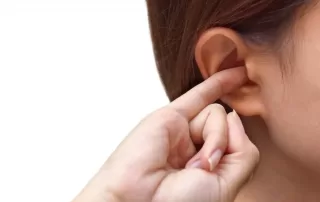Earwax, medically known as cerumen, is a natural substance produced by glands in the ear canal. It plays a crucial role in protecting the ear by trapping dust, dirt, and other small particles, preventing them from reaching and potentially damaging the eardrum. Additionally, earwax has antibacterial properties that help prevent infections.
Functions of Earwax:
- Protection: Earwax acts as a barrier, trapping dust and debris.
- Lubrication: It helps keep the ear canal moist, preventing dryness and itching.
- Antibacterial: Earwax contains chemicals that help prevent infections.
Common Issues with Earwax:
- Impaction: Sometimes, earwax can build up and become impacted, leading to symptoms such as earache, hearing loss, tinnitus (ringing in the ear), dizziness, and itching.
- Blockage: Use of cotton swabs or other objects to clean the ears can push earwax deeper into the ear canal, causing a blockage.
Management and Removal:
- Natural Expulsion: Often, earwax moves to the outer ear on its own, where it can be wiped away during regular washing.
- Over-the-Counter Treatments: Ear drops designed to soften earwax can help it clear more easily.
- Professional Removal: In cases of significant buildup or impaction, a healthcare professional can remove earwax using irrigation, suction, or specialised tools.
Preventive Measures:
- Avoid Cotton buds/ Q-tips: Using cotton swabs or other objects to clean the ear canal can push wax deeper and cause impaction. If you really must clean your ears, use a pocket tissue twisted into a spike, as this is less firm than a cotton bud.
- Regular Check-ups: Regular ear examinations can help detect and address earwax buildup before it becomes problematic.


